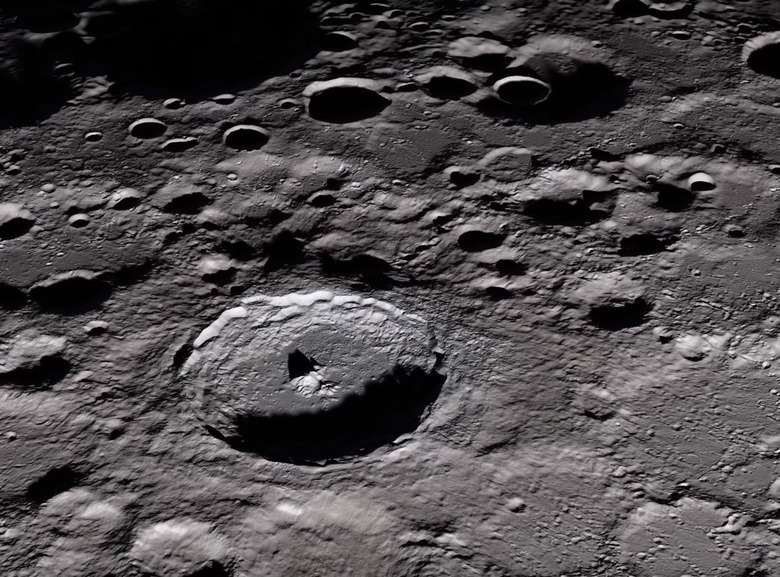NASA Just Shared New Images Of What Its Gateway Will Look Like
When NASA sent astronauts to the Moon decades ago it did so using a pretty straightforward approach. After being launched into space by a rocket, the astronauts entered orbit around the Moon and then used a lunar lander to travel to the surface and back to the orbiting command module. This design worked well, and helped NASA become the first (and, so far, only) country to put humans on the surface of the Moon. Now, NASA is going back, and it wants to make things easier for itself and other countries to send their own crewed missions to Moon. The Gateway is how it's going to make that happen.
We've heard a lot about the Gateway in recent months but reading about it and actually seeing what the spacecraft will look like are two very different things. Thankfully, the ESA just dumped a whole bunch of new Gateway renders on its Flickr account, giving us our best look yet at what the U.S. space agency has in mind.

The lunar Gateway is an orbiting space station that will cruise around the Moon and act as a jumping-off point for missions headed to the surface or leaving it. The idea is that a crewed spacecraft will dock with the Gateway and then travel to the surface in a separate vehicle. When the mission is over, the astronauts will travel back to the gateway, jump in their ship and head back to Earth.

It sounds like a great idea, and if NASA pulls it off it could definitely make it easier and perhaps even cheaper to launch the Moon mission. Of course, that's a big "if," and while NASA has been fully invested in the Artemis program for some time now, there are many challenges when it comes to building a space station around the Moon.
Nothing like the lunar Gateway has ever been attempted. It's going to require the cooperation of several countries as the spacecraft is built. Russia was going to be one of those countries and an informal agreement between NASA and Russia's Roscomos was announced in late 2017. However, in 2020 it was announced that Russia would not be participating in the Gateway project amid criticism that the Artemis program was too U.S.-centric.
NASA hopes to launch the first components of the Gateway by 2024, though it's unclear how long it might take to fully flesh out the space station so that it can act as a temporary home and science hub for astronauts traveling to and from the Moon. As was the case with the International Space Station, it's likely that the Gateway will receive new hardware and perhaps new modules over time. In its initial configuration, it will support up to four astronauts at a time, though that could eventually change as well.
